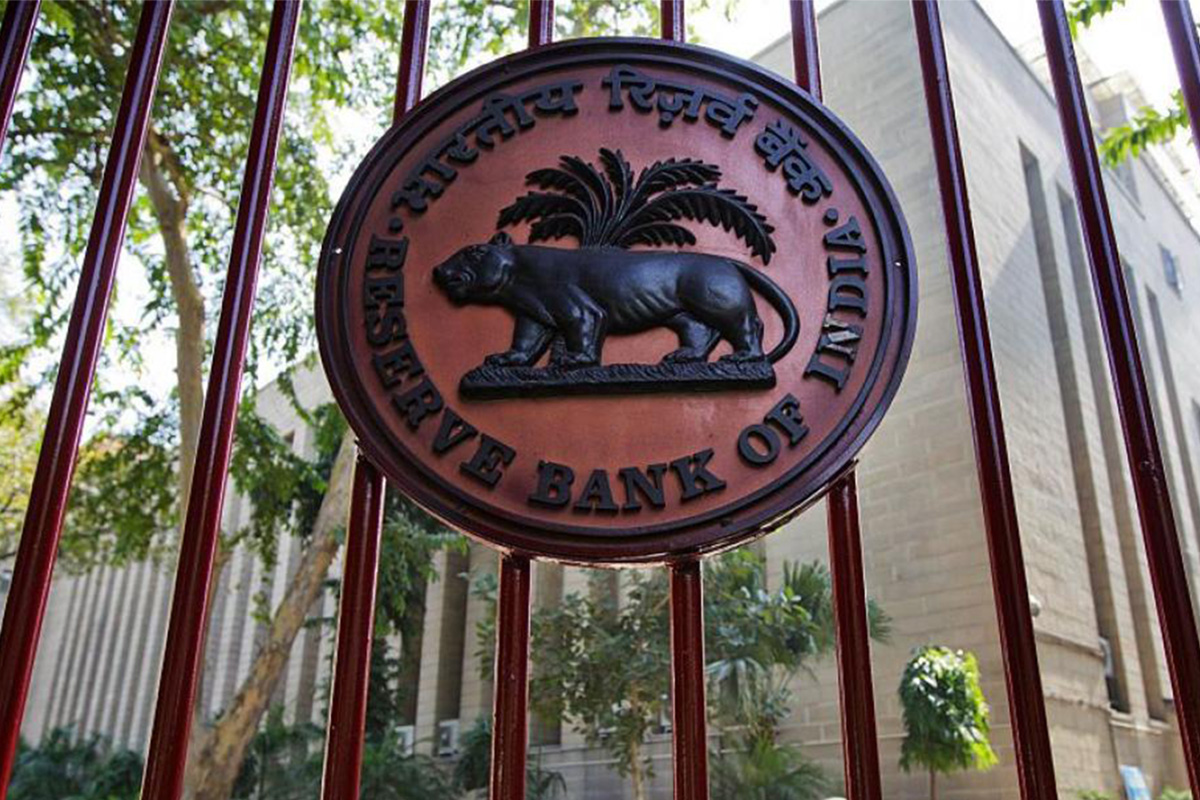Still unexplained
The hunt for the origins of Covid-19 has for the past four years been a tangled web of politics, power struggles, and international finger-pointing.
Whether it was techies working in big firms or digital entrepreneurs looking to launch start-ups, they all seemingly had to be in these megacities despite rocketing housing costs, terrible pollution, being quarantined in tight places, and generally suffering a poor quality of life.

(Photo: Getty)
The jaw-dropping V-shaped recovery from the Covid-19 induced lows of the first quarter of the current financial year is showing no signs of slowing down. Small and medium enterprises are reporting a steady increase in demand and it is expected to increase exponentially as supply-side disruptions ease. Across the board, corporates have reported the best quarterly earnings in nearly 15 years in Q3 2020-21.
The Reserve Bank of India has ensured liquidity, so the stock market is booming. Even the month-on-month macro-economic data is showing a steady improvement, and with the government set for a massive infrastructure push, optimism is in the air.
But before optimism turns into over-enthusiasm it needs underlining that while India seems to have embarked on a multi-year virtuous growth cycle, the country’s economic transformation if it is to come to pass will expressly not be akin to China’s farm to factory great leap forward.
Advertisement
Economists have pointed out that the India story is more likely to be powered by a shift from farm to services ~ whether manual or those requiring specialised skills sets. Underlying all of the above, though, is the word of the year as far the economy is concerned: Digitisation.
Covid-19 has resulted in what was expected to come to pass by 2030, effectively having to be implemented a decade ahead of the timeline. Proof, if any were needed, is available in the mega-deals across all verticals closed by large, small, and midcap IT firms in both the listed and unlisted space, not to mention the stratospheric spike in valuations being accorded to these companies given the opportunities coming their way as businesses seek their services to re-engineer and re-boot themselves.
As for the IT sector itself, experts say, the current four million-strong work force is likely to hit the 10-million mark within the next two-three years as opposed to earlier projections of about a decade. It will make the IT sector one of the largest employment-generators in the country. Already, many companies have started hiring aggressively.
There is also a clear change in the structure of these tech firms. Most, if not all, are moving from a pyramidical to what’s called an Eiffel Tower organisational structure which means a large base of junior employees with specific domain knowledge, virtually no middle management, and a lean leadership team at the top.
This is good news for India’s young demographic provided it is skilled right. Crucially, as work-from-home (WFH) becomes the accepted norm, IT companies have been among the first to cut establishment and related costs. But WFH provides an even bigger opportunity ~ to end the increasing concentration of economic activity, particularly the tech economy, in a few cyber hubs such as Gurgaon, Bangalore, and Hyderabad.
Whether it was techies working in big firms or digital entrepreneurs looking to launch start-ups, they all seemingly had to be in these megacities despite rocketing housing costs, terrible pollution, being quarantined in tight places, and generally suffering a poor quality of life. Indian IT needs to emulate the American tech sector where over the past year many coastal techies have been relocating to heartland states as working remotely is proving just as effective. It’s time to get the mountain to Mohamad.
Advertisement